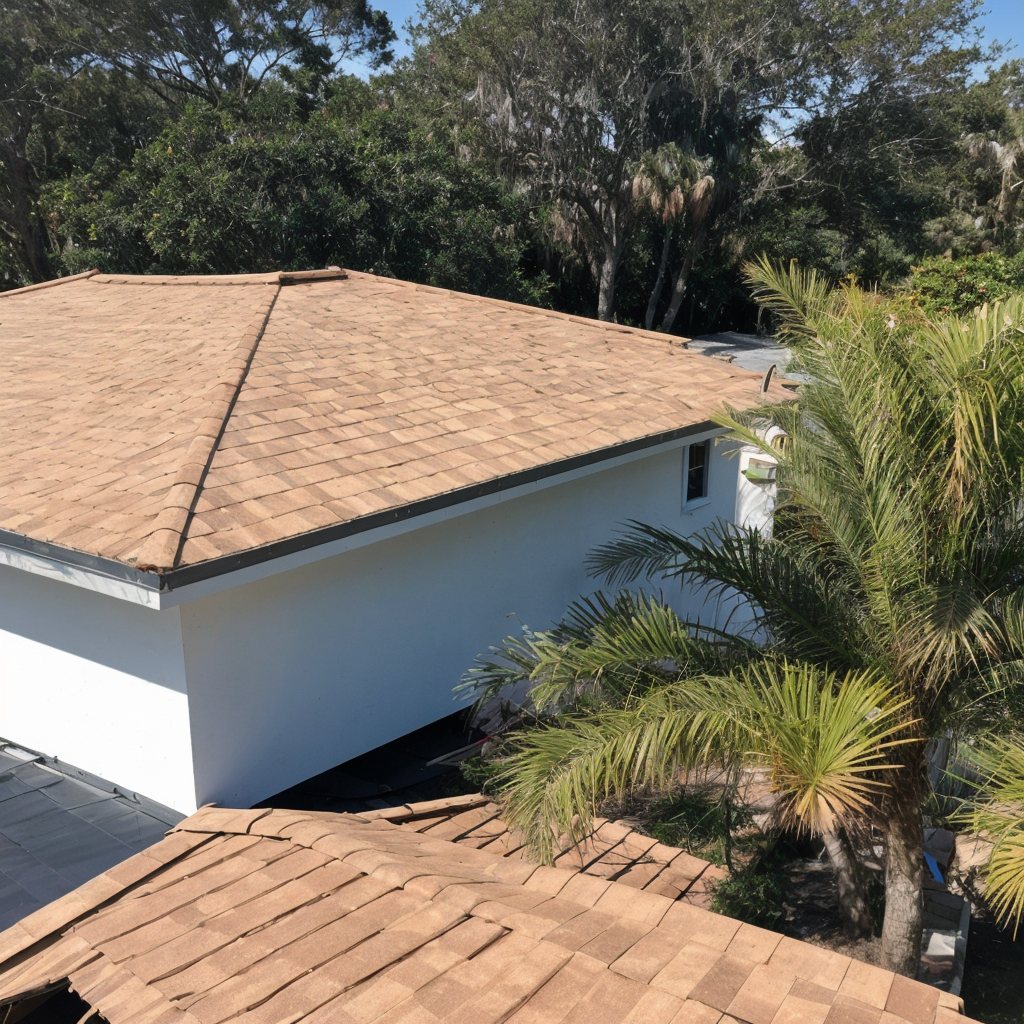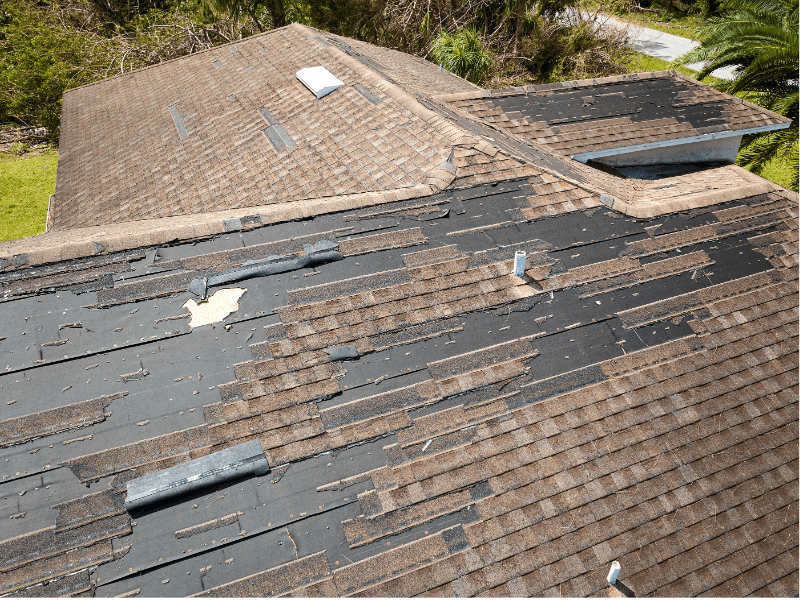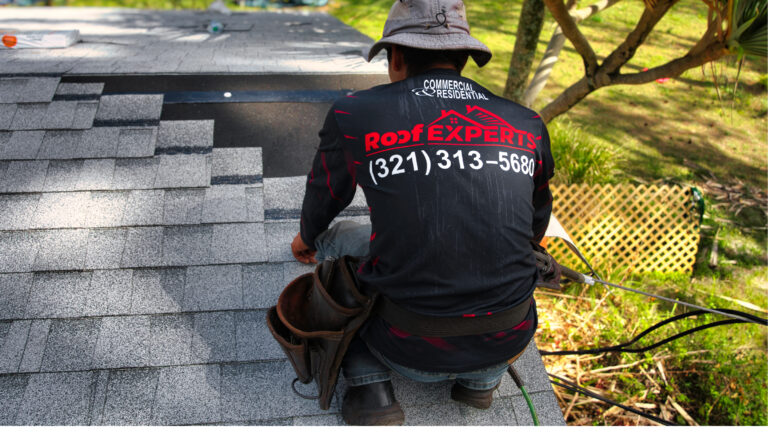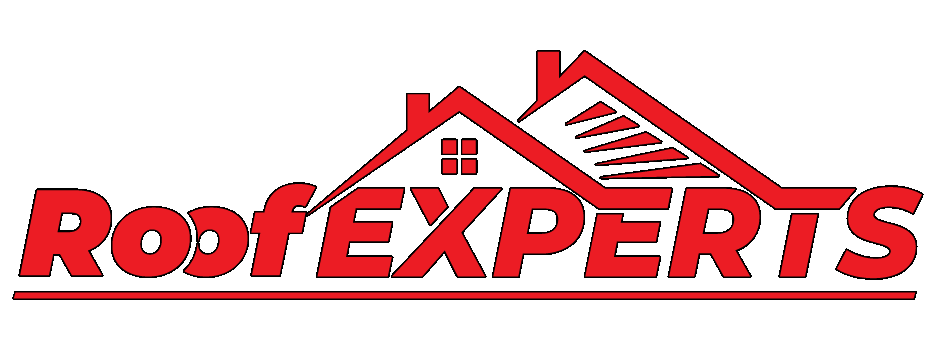People love living in Indian Harbour Beach FL with its great beaches, easy living, and low crime rates. It is a beautiful area on the coast and Roof Experts is proud to call Indian Harbour Beach home. We have provided roofing services for 42 years, both residential and commercial roofing services, and have many happy customers! Customer satisfaction is our Number 1 priority. Whether you need a roof replacement, roof repair, or any roofing project, our team can accomplish your roofing needs to your satisfaction. Indian Harbour Beach, Florida is our central base, but we also serve the greater Brevard County area, including Melbourne, Palm Bay, Cocoa Beach, and Titusville.
Why are we the best roofing company in Indian Harbour Beach? Well, for many reasons. But, primarily because we know you have a choice for your residential and commercial roofing services and that is why Roof Experts treats each customer like family, striving to be the best in both Indian Harbour Beach FL and in the surrounding areas of Brevard County. We appreciate you choosing us!
Family Owned and Operated
Since opening our business in 1980, Roof Experts has built a substantial and strong reputation for providing top-quality roofing services to residential and commercial customers. Our dedicated and experienced team of professional roofers in Indian Harbour Beach Florida takes pride in delivering quality craftsmanship, using the best roofing material and advanced techniques.
We take our business seriously by giving each project the proper attention for the job and going above and beyond to ensure we achieve customer satisfaction. When you hire our company, you can have peace of mind that we have experienced roofers on your job and that you are getting a top-quality contractor. Whether you need a new roof installation, roof repair, roof replacement, or maintenance, we have the expertise to get the job done right.
Roof Experts Advantage
Besides our quality craftsmanship, we have advantages over other roofing companies that include:
- Being fully licensed and insured
- Having flexible financing options
- Working with insurance claims hassle-free
- Using high-quality materials
- Providing a 15-year warranty included with the work
These are important aspects of roofers who care about their work. Don’t overlook these factors when selecting a contractor who provides quality work.

Roofing Systems
As a homeowner in Indian Harbor Beach and Brevard County, Florida, you are well aware of the importance of having a strong and reliable roof. Having a sturdy, durable roofing system is of primary concern with the extreme weather our area in Florida experiences. At the end of the day, satisfied customers are our goal. In meeting this goal, we have several types of top-of-the-line roof materials that give our customers a comprehensive range of options:
- Metal
- Shingle
- Thermoplastic Polyolefin (TPO)
- Tile
Metal
A metal roof has several advantages, including:
- Longevity – Metal roofs can last 50 to 70 years.
- Durability – With correct installation, metal roofs can hold up to wind gusts of 140 miles per hour.
- Safety – Metal roofs won’t spark and ignite into flames during a wildfire or lightning strike.
- Energy Efficiency – Metal roofs reflect UV rays and infrared light rays that contribute to surface radiant heat, which can result in a 10-25% reduction in cooling costs.
- Friendly to the Environment – Metal roofs typically have 25-95% recycled content and, depending on the material used, can be 100% recyclable when you replace the roof.
Shingles
We offer a wide range of shingle types for residential and commercial property owners.

Asphalt Shingles
Asphalt shingles are the most common and widely used type of shingle roofing. They are known for affordability, require a simple installation, and come in a diverse range of styles and colors. With versatility, cost-effectiveness, and low maintenance, asphalt shingles are a popular choice for homeowners.
Architectural Shingles
Architectural shingles are a premium alternative to traditional asphalt shingle roofing. These shingles are also known as dimensional or laminate shingles and feature superior materials in a multi-layered design with a textured appearance.
Wood Shingles and Shakes
Wood shingles and shakes are a choice for shingle roofing that provide a rustic charm. Even though wood requires regular maintenance to prevent rot and decay, the aesthetics make it a popular option for residential homeowners looking for a traditional shingle roofing solution.
Metal Shingles
Metal shingles are made from aluminum, steel, or copper. These shingles are lightweight but highly resistant to fire, wind, and moisture. Their durability is highly desirable for a house or commercial business.
TPO Material
If you have a commercial building with a flat or slightly sloped roof, you need a roofer with expertise in using TPO. TPO is a single-ply membrane roofing material that is primarily used on these types of roofs. The sheets are reinforced with a polyester mat and contain UV light inhibitors, pigments, flame retarders, and biocides that help prevent mold, bacteria, rodents, and insects.
Slate and Tile
Slate and tile shingles are made from either natural stone or clay. This material is resistant to fire, wind, and impact. They require knowledgeable installation by a professional contractor due to their weight and complexity but their timeless beauty can enhance the sophistication and value of your house.

When You May Need Roofing Services in FL
Weather is unpredictable and can be severe in FL; therefore, it is critical for residents to keep a watchful eye on the condition of their shingle roofs. Over time, normal wear and tear as well as exposure to the elements take a toll on a roof and lead to issues that may require maintenance, repair, and installation services our company provides.
Missing and Damaged Shingles
Missing, cracked, curling, or buckling shingles require repairs. Damaged and missing shingles denigrate the integrity of your roof and lead to leaks, water damage, and structural issues when left unattended.
Leaks or Water Damage
Generally, when you see leaks, stains on your ceiling, or visible signs of water infiltration, you can probably count on needing a roof repair. A leak must be repaired promptly because it can become a serious issue very quickly. If a leak is allowed to continue, your house can sustain major damage inside and outside. You may only need a repair, or to replace shingles, or you may need a roof replacement. Request an inspection from our company during which we can assess the damage and the cause, whether it is from one or several factors, and provide an estimate for the job.
Age of the Roof
Asphalt shingle roofs typically have a lifespan of 20 to 30 years. If your roof is getting close to the end of its expected lifespan or has exceeded it, it is prudent to obtain an inspection from a professional roofer. As your roof ages, there are common signs that indicate to a roofing professional that it is time to get a new roof.
Call the Best Roofing Contractor in Indian Harbour Beach FL
Call Roof Experts in Indian Harbour Beach FL for all your roofing needs. We offer a comprehensive range of services–whether you need a new roof, replacement, maintenance, or roof repair. You can rest assured that you will benefit from our quality craftsmanship. With 42 years as a top-quality roofing contractor in Brevard County and surrounding areas, you can trust our family-owned business to treat your roofing job with the care and attention it deserves. Request a free inspection and estimate today to learn more about the condition of your roof and the workmanship we provide in solving your roofing issues.






